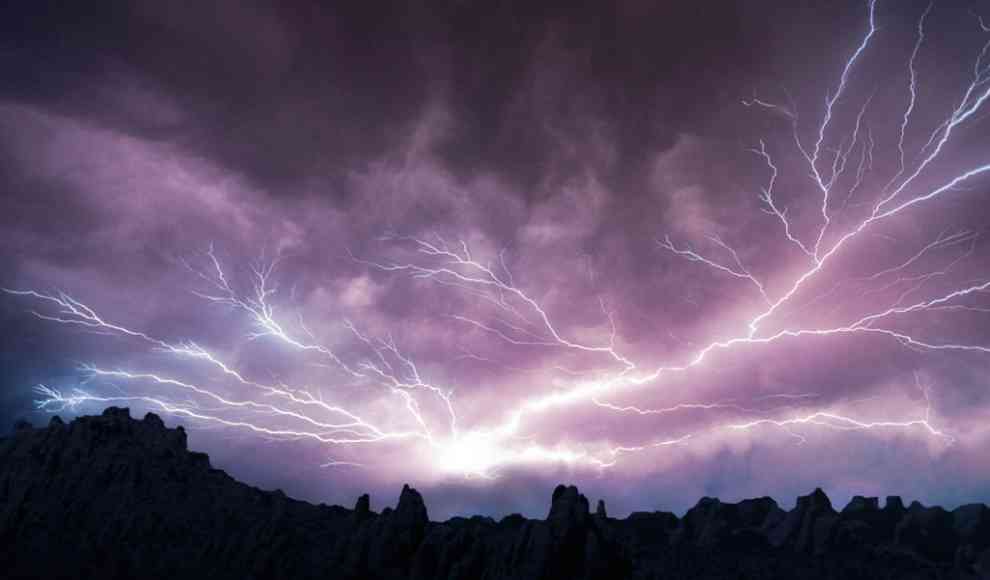A new laser lightning rod has been developed to manipulate the path of lightning strikes, providing protection for large buildings such as airports. Traditional lightning rods, invented by Benjamin Franklin in the 18th century, can protect a house, but according to Professor Jean-Pierre Wolf of the University of Geneva, they offer inadequate protection for larger structures. As a result, billions of dollars in damage are caused annually worldwide by lightning strikes on skyscrapers, high-voltage power lines, airports, and other objects. In addition, airports often have to suspend operations during nearby thunderstorms.
The EU project “Laser Lightning Rod” has been searching for an alternative method of preventing lightning strikes for several years. In collaboration with the high-tech company Trumpf, a super laser has been developed to prevent lightning strikes. The last components of a prototype of this laser lightning rod will be installed this week at the weather station on the 2,501-meter-high Säntis. This mountain was chosen for the experiment because around 400 lightning strikes occur there each year. The first use of the laser is planned for early June, weather permitting. According to Wolf’s research, the laser will alter the air and trigger lightning within thunderclouds, preventing them from reaching the ground. It should also be possible to redirect lightning strikes to lightning rods in the vicinity, protecting nearby buildings and facilities.
Laser developer Clemens Herkommer explains that this method can practically force lightning strikes into a predetermined channel. A network of several lasers could protect the entire runway and approach path of an airport, for example. The developers claim that the laser poses no danger to the environment because birds and other animals keep their distance from the green laser beams. Aircraft should be able to easily navigate around the laser. This new technology could revolutionize lightning protection for large structures and prevent billions of dollars in damage each year.










